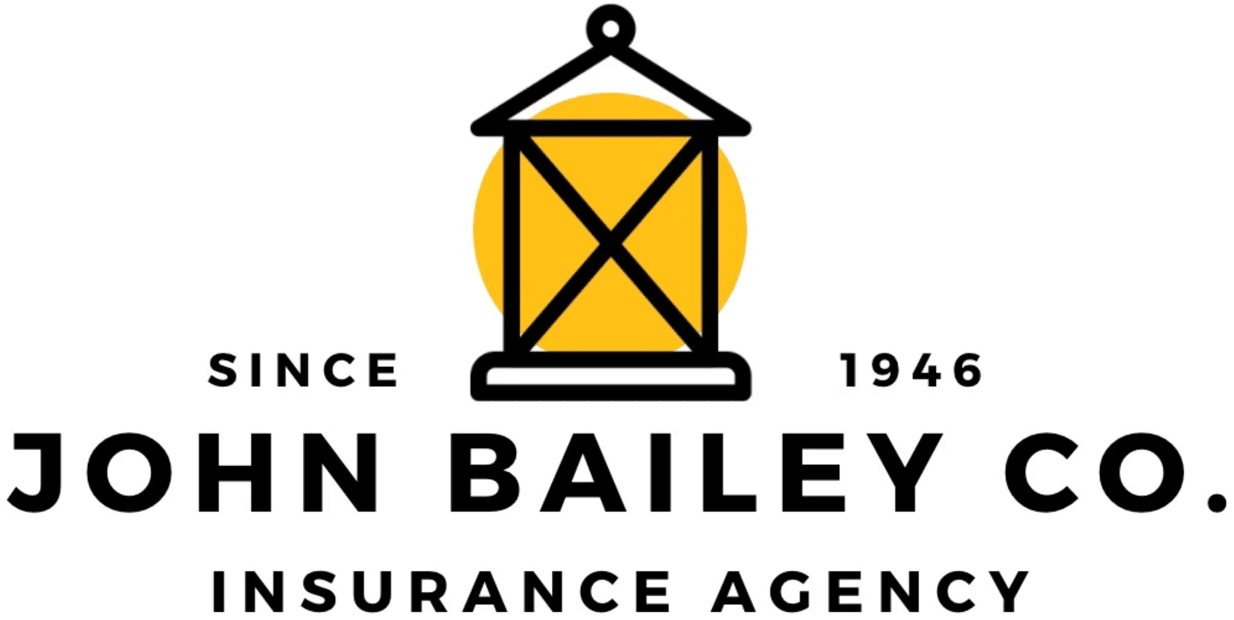Have you ever been involved in an auto accident? The truth is many people over the course of their driving history have at one time or another been party to an automobile accident. In 2015, 7.95 million U.S. drivers were in property damage only crashes on U. S. roads, while 3.13 million drivers were engaged in injury crashes. Are you prepared if the at-fault driver is not insured? Ask yourself: “Do you have Uninsured Motorist Coverage?”
Uninsured Motorist Coverage defined
According to the National Association of Insurance Commissioners (NAIC) the following definitions apply:
- Uninsured motorist coverage protects you directly. This coverage pays if you are injured by a hit-and-run driver or a driver who does not have auto liability insurance. This coverage, in effect, takes the place of the liability insurance that the other driver should have purchased but did not. [Often referred to as Uninsured Motorists Bodily Injury or UMBI.]
- Underinsured motorist coverage applies when the other driver is at fault and whose limits of liability are lower than the damages you sustained. It will pay you an additional amount up to your policy limits.
- Uninsured and underinsured coverages may provide coverage for both bodily injury and property damage [often referred to as Uninsured Motorists Property Damage or UMPD] losses combined, or you may be required to purchase separate coverage for bodily injury and property damage.
Uninsured Motorist Coverage: Facts and Statistics
At John Bailey Insurance Agency we work closely with our current and prospective clients to explain what will work best when considering a new auto policy or renewing a current auto policy. Additionally, we publish informative blog posts, like “Distracted Driving Awareness Month.” Today our goal is to provide facts and statistics about uninsured motorists.
In March 2018, we read with interest an article published by the Insurance Journal: “In 5 States, 20% of More of Drivers Have No Insurance; Countrywide Average Increases.” When you have a few minutes we invite you to read the entire article, but here are a few important highlights gleaned from the Insurance Research Council’s (IRC) study:
- Almost one in eight U.S. motorists drive without auto insurance.
- 49 states require auto insurance; only in New Hampshire is one required to show personal financial responsibility (FR only), in lieu of insurance.
- Not all states require Uninsured Motorist (UM) and/or Underinsured Motorist (UIM).
- Maine has the lowest number of uninsured motorists at 4.5%, while Florida has the highest number of uninsured motorists at 26.7%
For additional stats by state we refer you to the Insurance Information Institute’s (III) facts page.
Accidents happen, now what?
No one wants to be involved in an auto accident, whether you are the driver or the passenger; however, many elements can contribute to an accident like weather, distracted driving, blown tire, road rage, and potholes.
If you are involved in an accident remember to: stay calm, notify the proper authorities, determine if anyone is injured, take photos, obtain the other driver’s personal information, note the type of vehicle and license plate, reach out to witnesses who may be able to offer input to the police and/or insurance company, request a copy of the police report, and immediately notify your insurance agent (perhaps by using a mobile app) or insurance company.
If you have questions about your current policy regarding your uninsured motorist coverage, please feel free to contact our team.

